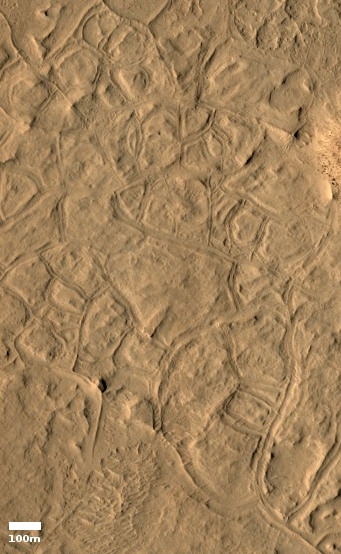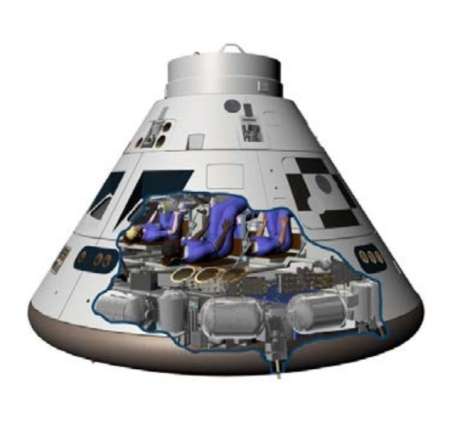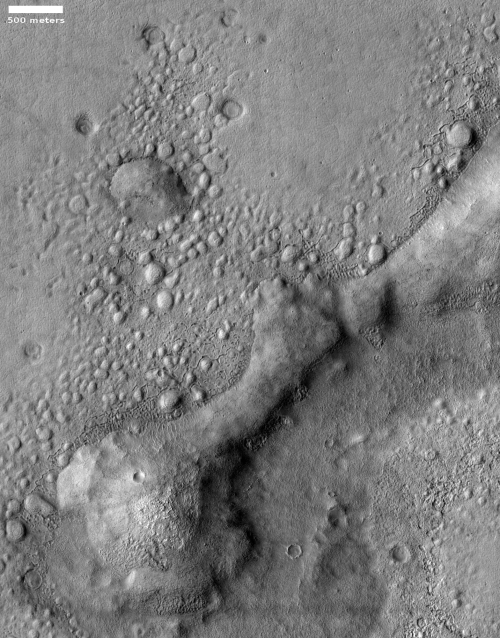Midnight repost: Murder for the sake of climate idealogy
The tenth anniversary retrospective of Behind the Black continues: Tonight’s repost follows directly from yesterday’s, though it was written seven years earlier in 2010. Mindless hate always begets mindless violence, and Americans could have seen the mindless violence of today’s leftists a decade ago, if they had only being willing to look.
———————————–
Murder for the sake of climate idealogy
This video has been making the rounds on the web. Though I warn you that is somewhat graphic, it is essential that you watch it.
When I first saw this about a week ago, I didn’t quite know what to make of it. It was so vile and offensive I could not believe that it was legitimate. It obviously wants to pay some homage to Monty Python, but even Monty Python never went this far. How could anyone possibly think that killing small children in the name of environmentalism was in any way funny? And how could anyone ever believe that this video would persuade anyone to go along with the 1010 environmental campaign? If anything, the video does an excellent job of discrediting this organization and everyone involved with it.
Thus, despite what some bloggers were saying, I held back commenting, just to make sure the video was real and not a terrible prank meant to sabotage.
There is now no reason to hold back. Late last week, the 1010 organization itself issued an apology, admitting that this video was their handiwork. Before I continue, I think it is worthwhile for you to also read their apology, in all its venal glory. In many ways, it condemns them and their allies far more than the video did:
» Read more






